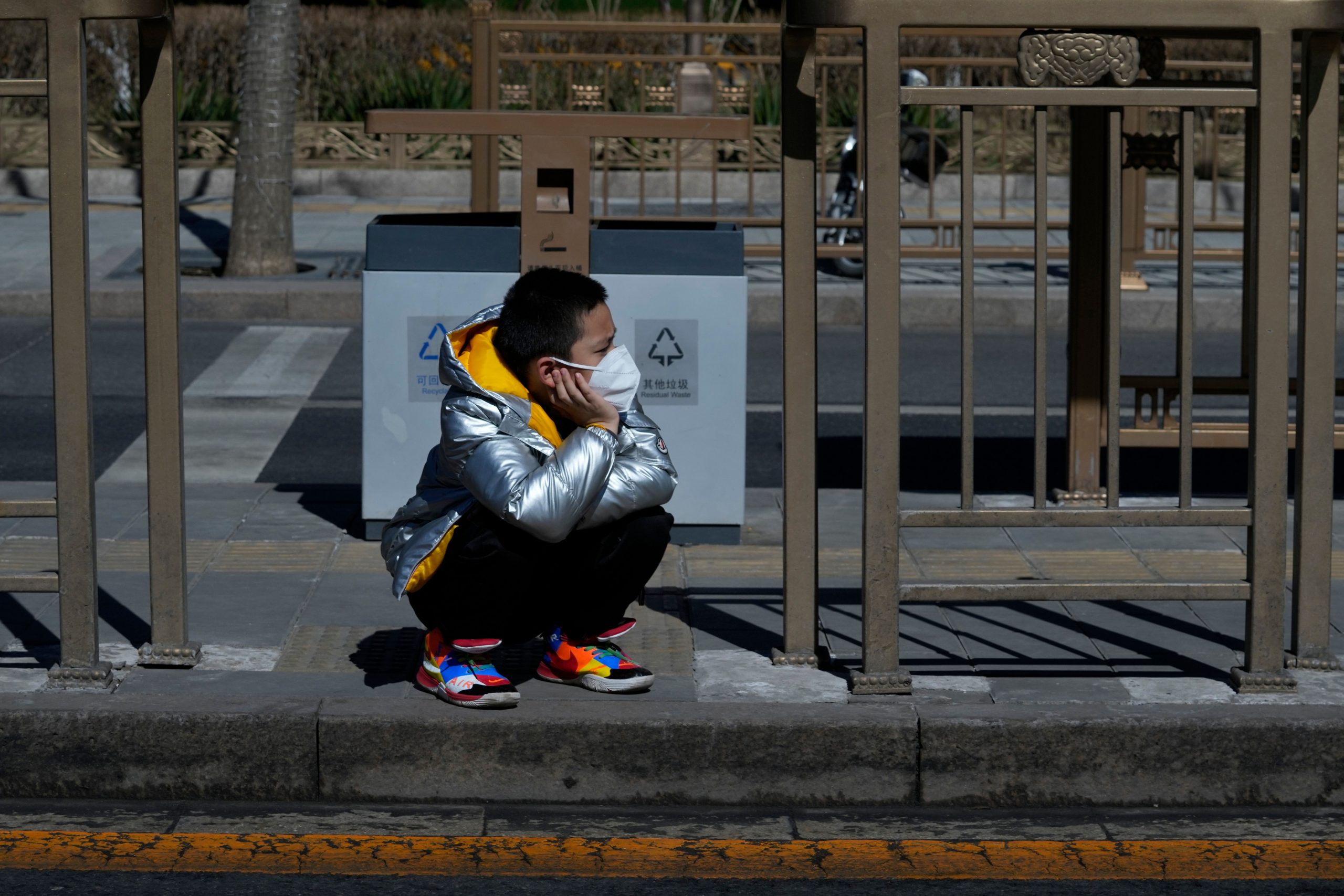China has a ‘zero tolerance’ policy against COVID-19 and yet it recorded its highest number of daily new local symptomatic COVID-19 infections in two years on Sunday. 214 domestically transmitted cases were recorded.
Three provinces — Guangdong, Jilin and Shandong — in mainland China contributed heavily to Sunday’s COVID-19 toll.
Also Read: COVID-19 may lead to long-term brain tissue loss: Study
Guangdong, which borders Hong Kong, recorded 69 cases of COVID-19. Another 54 cases were reported in the Jilin province, more than 2,000 kilometers (1,200 miles) to the north, and 46 in the eastern province Shandong, according to reports from Associated Press.
Li Keqiang, the Premier of China, wrote in an annual report to the country’s national legislature that they need to “constantly refine epidemic containment” but gave no indication Beijing might ease the highly touted “zero tolerance” strategy.
Beijing, China’s national capital where the Winter Olympics were recently hosted, reported no new cases of COVID-19 even though most restrictions have been lifted. Face masks are still required in indoor public areas. No new deaths were reported on Sunday.
What does China’s “zero tolerance policy” for COVID mean?
One of the most strict measures introduced by China to curb the spread of COVID-19, the zero tolerance policy means that often entire communities or cities need to quarantine and go on lockdown. These may be applied even if only a handful of cases have been detected. This policy being used widely before the Winter Olympics started in early February.
Also Read: Pandemic changed the way we buy our food, indicates new research
Chinese officials credit the approach — along with a vaccination rate of more than 80% — with helping prevent a major nationwide outbreak, but critics say it is taking a major toll on the economy and preventing the population from building up natural immunity.
According to reports from Associated Press, the latest daily case numbers mark some of the highest since the initial outbreak in the central city of Wuhan in late 2019 that is believed to have sparked the pandemic.







